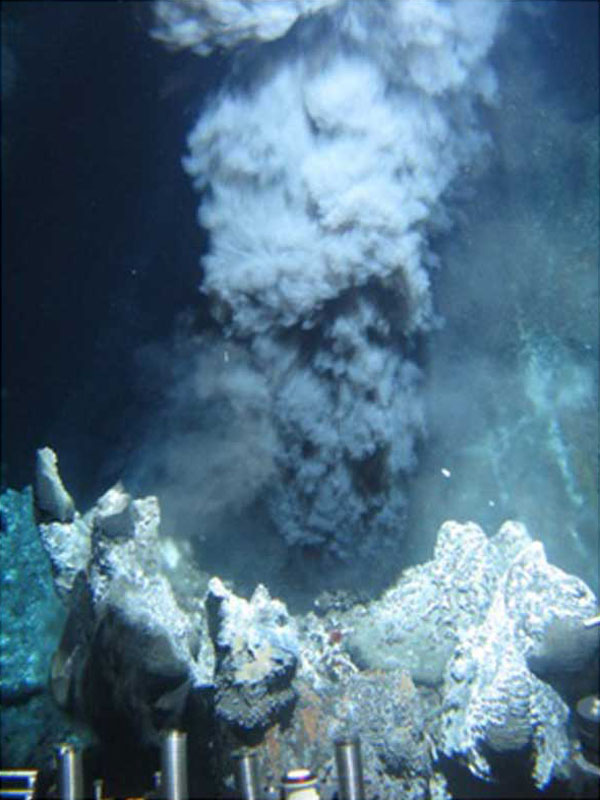CtaD: Heme/copper-type cytochrome/quinol oxidase, subunit 1
SodC: Cu / Zn superoxide dismutase
BcpB: Peroxiredoxin
HmgA: Homogentisate 1,2-dioxygenase
KEGG Ortholog, K15746: hypothetical protein
LigB: Aromatic ring-opening dioxygenase, LigB subunit
HpaB: Aromatic ring hydroxylase
Rr-2: Rubrerythrin
There were more proteins related to oxygen utilization in LUCA than those categorized in nitrogen metabolism (seven proteins) and energy metabolism (two proteins).
Three of these enzymes are used to deal with radical oxygen species (ROS), SodC, BcpB, and Rr-2.
HmgA has a role in the catabolism of aromatic rings of tyrosine and phenylalanine. LigB and HpaB deal with the oxidation of aromatic rings and phenolic compounds.
HmgA has a role in the catabolism of aromatic rings of tyrosine and phenylalanine. LigB and HpaB deal with the oxidation of aromatic rings and phenolic compounds.
The first one in the list, the heme/copper-type cytochrome/quinol oxidase, is required for aerobic respiration.
The hypothetical protein is actually, CrtZ; beta-carotene 3-hydroxylase (a.k.a. beta-carotene, NADH:oxygen 3-oxidoreductase), used in the conversion of betacarotene to zeaxanthin.
Similar results have been published before regarding the ROS enzymes and the dioxygen reductases. See Ouzounis et al 2006 for example, or Zamocky et al 2001, or Brochier-Armanet et al 2009. These are just a few examples...
Of course, the results of Weiss et al 2016 and those by others before can be interpreted in a number of ways and there has always been great debate. If we stick to the simplest explanation, Occam's Razor: I would say that the simplest explanation is that molecular oxygen was available to the last universal common ancestor.
 |
| Black Smoker, by NOAA [Public domain], via Wikimedia Commons |
No comments:
Post a Comment